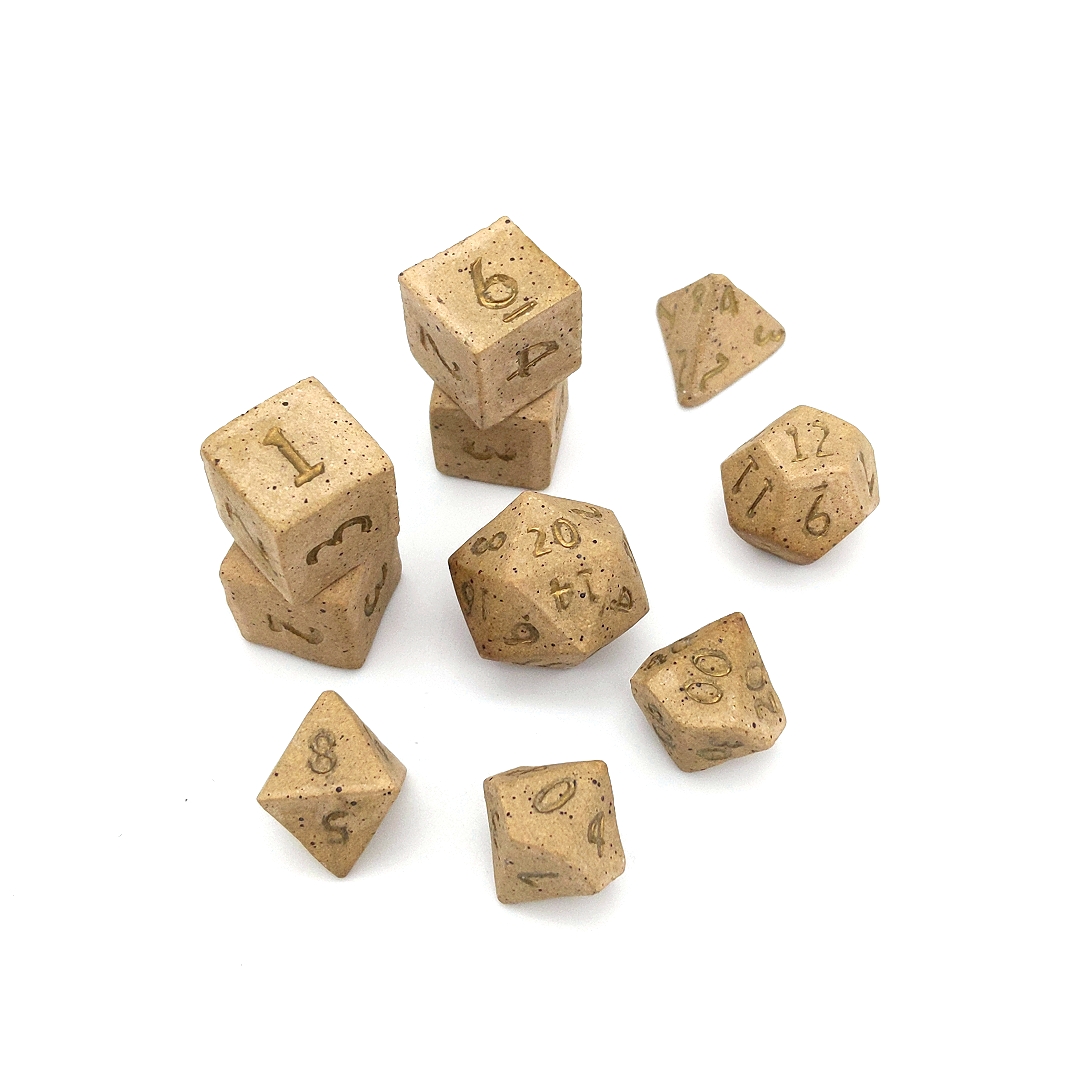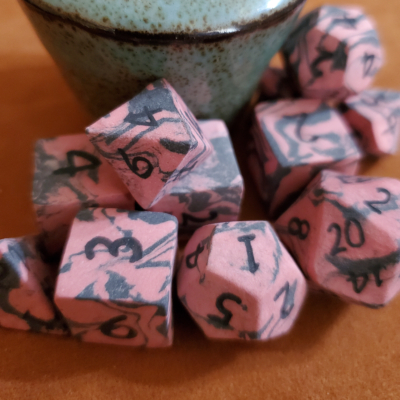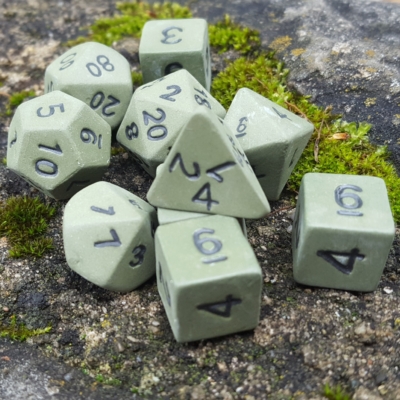How to Write a Campaign Narrative for a Green Dragonborn Cleric
Creating a captivating campaign narrative in tabletop games like Dungeons & Dragons is both an art and a science. For many, the journey begins with an intriguing character. In this guide, we’ll explore how to craft an engaging story around a Green Dragonborn Cleric that resonates with players of all ages.
Understanding Your Character: The Green Dragonborn Cleric
The first step in crafting your campaign narrative is understanding your main character. A Green Dragonborn Cleric is not just any ordinary adventurer; they are a blend of dragon ancestry and divine power. This unique combination opens up numerous storytelling avenues.
- Character Backstory: Consider the origins of your cleric. Were they raised in a secluded temple or by their dragon kin? Their upbringing can influence their motivations and actions.
- Personality Traits: What drives your cleric? Is it devotion to their deity, or perhaps the quest for knowledge?
Developing Plot Points and Story Arcs
A compelling narrative requires well-thought-out plot points and story arcs. Here are some tips:
- Establish Goals: Set clear objectives for your character that align with their background and beliefs.
- Create Conflict: Introduce challenges that test their faith or skills, such as moral dilemmas or formidable foes.
Incorporating Other Characters
Your campaign should involve various NPCs (non-player characters) who can aid or hinder the cleric’s journey. Think about allies who share common goals or adversaries with contrasting ideologies.
Discover Pharaoh’s Sandstorm: Enhance your gameplay experience with our exquisite ceramic dice set.
The Green Dragonborn Cleric is a unique character, combining dragon ancestry with divine power. Understanding this character is crucial to crafting an engaging campaign narrative. Consider the origins and upbringing of your cleric. Are they a product of a secluded temple or raised by their dragon kin? The background of the character can heavily influence their motivations, actions, and how they interact with the world around them. Additionally, understanding the personality traits of your cleric is vital. Are they driven by devotion to their deity, or is it the quest for knowledge and understanding that propels them forward? Understanding these core aspects of your character can significantly enrich your narrative.
Developing a compelling narrative not only involves a solid understanding of your character but also requires well-crafted plot points and story arcs. Establish clear goals for your character that align with their background and beliefs. This provides direction for your narrative and gives your character a purpose that resonates with their identity. Create conflicts that challenge your character’s faith or skills. These can range from moral dilemmas that question their beliefs to formidable foes that test their strength and resilience. These conflicts serve to create tension and excitement in your narrative, keeping players engaged.
Incorporating other characters into your narrative can add depth and complexity. Non-player characters (NPCs) can either aid or hinder the cleric’s journey, depending on their own motivations and beliefs. Think about allies who share the cleric’s goals and adversaries who contrast sharply with the cleric’s ideologies. They can serve to highlight the cleric’s traits and beliefs, provide support or create more obstacles, adding richness to your narrative. Enhance your gameplay experience with our exquisite ceramic dice set, the Pharaoh’s Sandstorm. Its beautiful design and high-quality build will surely make every roll a memorable one.




